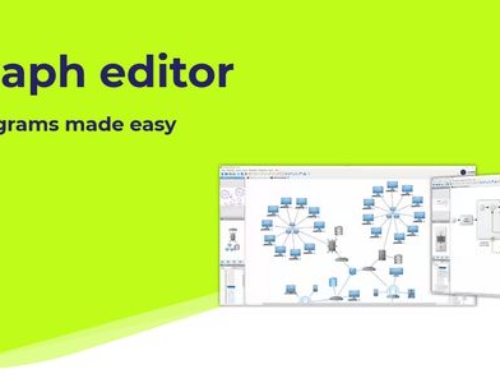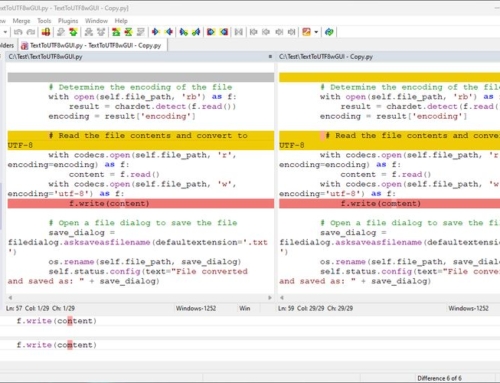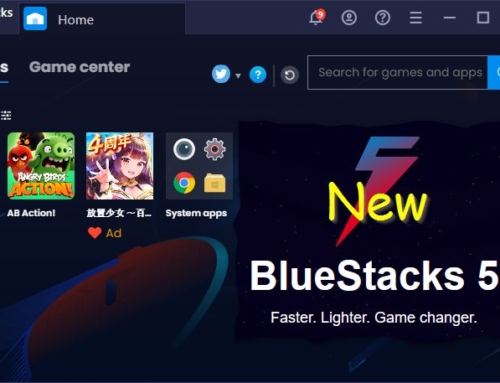LabVIEW, short for Laboratory Virtual Instrument Engineering Workbench, is a powerful software platform developed by National Instruments (NI). It is widely used in engineering, scientific research, and industrial applications for data acquisition, analysis, and control. What sets LabVIEW apart from many other programming environments is its unique visual programming language called G, where you use graphical blocks to create programs instead of writing traditional lines of code. This makes this application intuitive and accessible, especially for those who are more comfortable with diagrams than complex syntax. Let’s take a closer look at what LabVIEW is, how it works, and why it’s such a game-changer in specific fields.
What Exactly is LabVIEW?
At its core, LabVIEW is a graphical programming environment. Instead of typing out lines of code, you build programs by connecting blocks (called nodes) in a flowchart-like interface. Each block represents a function, task, or process, and the connections between them define the flow of data.
This graphical programming environment is particularly popular in fields like test and measurement, automation, robotics, and embedded systems. It’s often used to control laboratory equipment, perform real-time data analysis, and design complex systems interacting with hardware. For instance, a researcher might use this programming environment to monitor and analyze temperature changes in an experiment, or an engineer might use it to test the performance of a new electronic device.
The best way to think about LabVIEW is as a Swiss Army knife for engineering and scientific programming — a versatile tool that can adapt to many challenges.
Discover the Free Community Edition
National Instruments offers the LabVIEW Community Edition completely free for personal, non-commercial use. It includes the full Professional Development System and supports LINX for working with Arduino, Raspberry Pi, and other embedded hardware. Whether you’re a student, hobbyist, or DIY engineer, you can experiment, automate, and build exciting projects without cost!
Get started today and explore the power of graphical programming.
How Does LabVIEW Work?
LabVIEW operates based on three core principles:
1. Graphical Programming: The programs you create in LabVIEW are called Virtual Instruments (VIs). Each VI has a front panel (the user interface) and a block diagram (the underlying code). You use drag-and-drop tools to design the interface and connect functional blocks that determine how the system works. For example, a graph block might display data from a sensor, while a loop block might repeat a task continuously.
2. Data Flow: The programs follow a data flow model, meaning that blocks execute based on the availability of data. This is different from traditional programming, where lines of code determine the order of execution. This makes LabVIEW ideal for tasks like monitoring real-time data or controlling hardware.
3. Hardware Integration: One of LabVIEW’s greatest strengths is its ability to communicate with a wide range of hardware. The application makes it easy to connect, control, and gather data from physical systems, whether it’s sensors, actuators, cameras, or custom devices. This seamless integration makes it a popular choice for test and measurement applications.
What Makes it Special?
LabVIEW offers several unique advantages that stand out from traditional programming environments. Let’s explore these:
1. Ease of Use: LabVIEW’s graphical interface is user-friendly and intuitive, even for beginners. You don’t need to be an expert coder to start building complex systems. This makes it an excellent tool for students, researchers, and engineers who want to focus on solving problems rather than learning programming syntax.
2. Powerful for Prototyping: LabVIEW allows you to create and test prototypes quickly. Its ability to simulate systems and integrate hardware reduces the time and effort needed to develop solutions. Whether you’re designing a new robot or testing an industrial process, LabVIEW can speed up the development cycle.
3. Strong Hardware Compatibility: LabVIEW works seamlessly with hardware from National Instruments and other vendors. It supports standards like USB, Ethernet, serial communication, and more, allowing you to connect virtually any device.
4. Scalable and Flexible: LabVIEW can scale to meet your needs, from small projects to large-scale industrial systems. You can quickly build simple data acquisition systems or complex distributed systems.
5. Large Community and Resources: This programming environment has existed since 1986 and has built a massive community of users. Countless tutorials, forums, and resources are available to help you get started and solve problems.
The Downsides
As impressive as it is, it’s not without its limitations. Here are some of the challenges you might encounter:
1. Cost: LabVIEW is a commercial product that can be expensive. While there are free trial versions and student editions, the full versions and additional toolkits can quickly add up in cost. For small businesses or individual users, this might be a significant barrier.
2. Learning Curve for Complex Systems: While LabVIEW is beginner-friendly, mastering its more advanced features and handling complex systems can take time. For example, debugging large programs or optimizing performance may require significant expertise.
3. Vendor Lock-In: The software works best with National Instruments hardware, which can limit your options if you prefer or need to use equipment from other manufacturers. While it does support third-party devices, the integration may not be as smooth.
4. Not Ideal for All Applications: LabVIEW is fantastic for engineering and scientific tasks but is not the best choice for general-purpose programming or software development. For example, building a web application or developing mobile apps is outside its scope.
5. Performance Limitations: While LabVIEW is efficient for many tasks, it might not match the performance of lower-level programming languages like C or C++ in specific high-speed or resource-intensive applications.
Who Should Use LabVIEW?
LabVIEW is an excellent tool for:
Engineers and Scientists – Perfect for automation, hardware control, and data analysis.
Educators and Students – Its intuitive interface makes it a fantastic way to teach programming and system design.
Researchers – Ideal for prototyping experiments and analyzing real-time data.
Companies in Test and Measurement – Great for building automated testing systems and controlling industrial processes.
If you love working with hardware, solving problems, and exploring creative solutions, LabVIEW might be the perfect tool for you.
Why Should You Try it?
LabVIEW has a unique way of making complex tasks approachable. Imagine connecting a sensor to your computer, monitoring real-time data, and automating processes – all without writing a single line of code. Whether you’re a hobbyist experimenting at home or a professional building advanced systems, LabVIEW opens up a world of possibilities.
The best way to experience LabVIEW is to dive in and start experimenting. National Instruments offers tutorials, free trials, and extensive documentation to help you get started. Once you see how quickly you can build and test systems, you’ll understand why LabVIEW is such a beloved tool in the engineering and scientific communities.
Conclusion
LabVIEW is more than just a programming tool – it’s a gateway to creativity and innovation. Its graphical interface, powerful features, and seamless hardware integration make it a joy for engineers, scientists, and anyone curious about technology. While it has its challenges, the opportunities it provides far outweigh the drawbacks.
So, if you’re ready to explore a world where programming feels like building with LEGO, try LabVIEW. Who knows? You might discover your next big idea.






